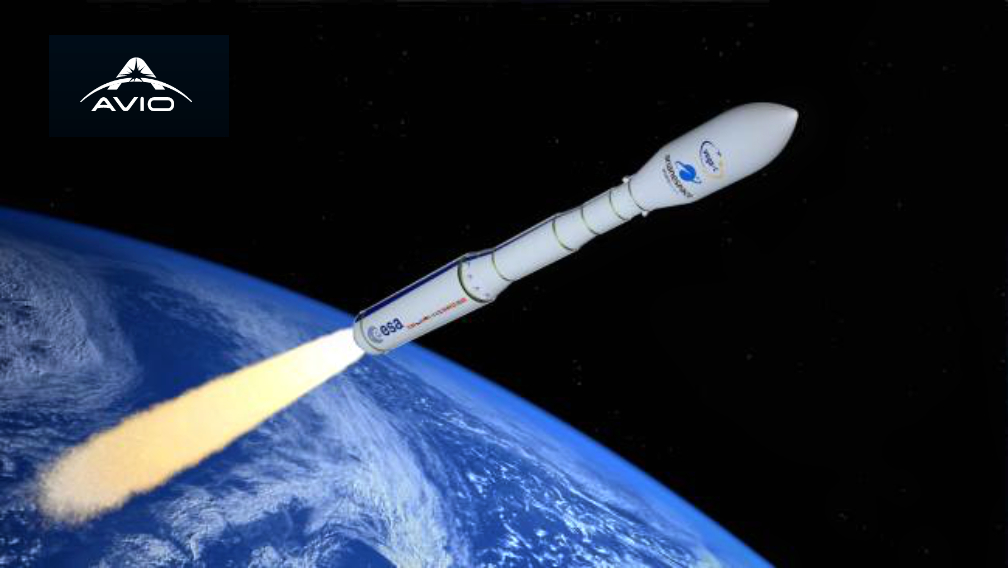
SENER Aeroespacial has signed a contract with AVIO for the C/D phases of the navigation unit for the VEGA-C launcher, VNE (VEGA-C Navigation Equipment), after successfully completing phases A (feasibility study) and B (preliminary design).

Phase C involves the development of the detailed design, and phase D is the qualification and delivery phase of the first flight model.
SENER Aeroespacial is the design authority for this unit, which is delivered to the customer as an integrated product. One of the main features of the unit is the reduction in the production cost by incorporating processes and materials from the world of defense. In addition, this contract paves the way for the mass production of navigation units for subsequent launches of VEGA-C and other space missions.
The navigation unit uses a six-axis compass (position and attitude of the launcher) to provide the rocket’s position to the Guidance, Navigation and Control (CNG) system, developed by AVIO, which is necessary to steer the rocket. NAVIGA is thus a critical component for the success of the mission.
NAVIGA combines an Inertial Measurement Unit (IMU) and a Global Navigation Satellite System (GNSS) receiver, and hybridizes the two readings to achieve a high-performance product – its software is Class A, the most critical in the space industry – but also low-cost compared to the inertial navigation units available on the market.
The three implementation aspects applied to the project to reduce the recurring cost of the unit, while maintaining the required performance, are: the use of sensor hybridization techniques to provide a robust navigation solution; the inclusion of radiation-tolerant parts from the automotive market (new in space); and the adoption of defense production processes to manufacture the unit.
The second key element, versatility, is achieved thanks to the modular and flexible design, which allows a complete and certified unit to be adapted, with minor modifications and testing, to other environments, such as short-duration space missions. The advantages of this versatility are significant in the current market, which is increasingly demanding new products in less time and with lower development costs.
Supplementing these two key elements is a third: NAVIGA is a fully European unit, which renders any ITAR restrictions irrelevant.
To develop this innovative product, SENER Aeroespacial invested its own funds for the qualification for using components and processes from the defense and automotive markets and will be installing new and specific equipment within its facilities to test the units.
The project is the result of the partnership between the Italian companies AVIO and CIVITANAVI Systems and the Spanish company Elecnor DEIMOS. The VNE/NAVIGA project is funded by European Space Agency (ESA).
In the words of SENER Aeroespacial Project Manager Silvia Díaz, “The development of this navigation unit puts us at the head of an emerging market in Europe, that of medium cost units with good performances and high reliability. We achieved this product by combining our 55-year experience in the traditional space market, with more than 270 devices and systems on board space missions without any faults, and our experience mass producing products for other markets such as defense and the telecommunications satellite commercial market, which involves lowering the costs of processes and components to adapt to the demands of a more competitive market.”
